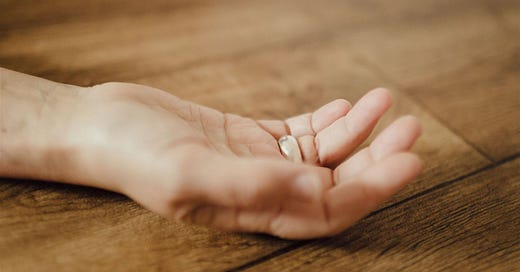HANDS: why they aren't quite feet
Rediscover your hands through the touch of your eyes as well as the touch of your fingers, and rethink how you bring them into weight-bearing.
Do you find yourself (or see others) circling wrists after doing table-top movements? It’s a natural reaction to release compression in the tiny joints of the hand because this limb has evolved away from being a weight-bearing structure. Let’s see if there is anything we can do to alleviate this experience for while the anatomy of our hand resembles tha…




